With MemberPress, you can create memberships that are designed to grant access only to a specific file or group of files, which is to say, your digital goods. This can, of course, be done in addition to an existing membership on your site, or completely separate.
Video Overview
Please use the following video to help guide you through this process. We encourage you to read the supplemental material below to help further your understanding of this topic and to be able to fully apply it to your unique situation.
Overview
In a very basic sense, this is done by creating the two following items:
- A Membership that users will subscribe to to get access to your files.
- A rule, or set of rules, to grant access to active subscribers to the membership created.
With that understanding, the next thing you need to know is how to upload your file or files so that you can easily protect them in MemberPress.
Uploading Files to Protect
There are a couple of different ways that you can upload files that MemberPress can tap into to protect.
WordPress Media Library
Navigate to your WordPress dashboard, and click on ‘Media', then ‘Add New' to add files to the WordPress Media Library. Once a file is uploaded here, you can use a
Custom URI rule to protect the file. It is best to use the WordPress Media Library only when you need to protect one or a few files because while you can upload and protect entire folders, the WordPress Media Uploader will sometimes put files uploaded at different times in different folders.
FTP Into a Folder
Uploading files with FTP is probably one of the best ways to effectively upload and protect multiple files. Most web hosts provide free FTP services so you can access your site files remotely from your own computer. Availability of FTP can vary from web host to web host and can have different requirements.
Typically you would use an FTP client like FileZilla or Cyberduck will connect to your server via FTP/SFTP. This will allow you to have filesystem access to your webserver to create folders and upload files in a way similar to how you would copy files between folders on your own local computer.
Amazon Web Services (AWS) S3
Because AWS allows you to host files through Amazon's servers (
learn more here), this option may be best if you have a lot of files to share. This is because, by paying a relatively small fee based on usage, you can host your files outside of your servers to avoid bogging down your server with the files you have.
With an AWS S3 account setup, all you will need to do is upload your files and then download our AWS add-on from the MemberPress > Add-Ons page.
Protecting Your Files
After reviewing the technical requirements to protect your files, AND determining the best location to host your files (see above), you now need to decide how you would like your users to access your files or other digital goods.
Part of an Existing Membership
So, you already have a Membership on your site that you would like to add some type of file or digital good to? With the membership already created, you will need to simply follow the directions given in the sections below based on if you are looking to grant access to one file, or multiple.
Granting Access to One File
If you would like to charge your users to get access to a single file you need to start by
creating a single membership in MemberPress that you will use to charge users and to add to your rule for access.
This membership can be either a one-time type subscription (most common), or recurring. With your
membership terms, you can also make it so users have lifetime access to your file (through the duration of the membership) or have it expire after a specific time frame, or on a set date.
Next, you will need to protect the file. To protect a single file, the easiest thing to do will be to create a single rule that is a Custom URI type rule. Simply enter the entire URL of the file location to protect it (this will change depending on where you host the file), and select the membership you created to grant access to the file.
Finally, how you link the user to the actual file is up to you, however, the most common (and maybe the easiest) way is to create a page that provides a direct link to the article.
Granting Access to Multiple Files
Just like above, you will need to start by creating your membership that users will register through, and then create a rule or set of rules to protect those files.
Because protecting multiple files will vary depending on where you host your files, we have outlined protecting your files based on the following:
(these instructions make the assumption that you have already created your membership and correctly uploaded your files:
FTP – to learn more about how to both upload and protect your files via FTP, please click here. You may also find it helpful to review the ‘Regular Expressions‘ section just below the FTP section on that same page.
AWS S3 – when using this service, you will want to follow our detailed instructions here. To be taken to a specific section of that page that you need help on, feel free to also click the following section links for that page: What is Amazon AWS?, Retrieving Your Amazon Security Credentials, Using MemberPress AWS, Shortcode Options, Considerations about Audio and Video, and AWS V4 Signatures
Linking Users to Your Files
How you link your users to your files or digital goods is up to whatever you think will be best. However, here are a couple of our suggestions and considerations for best practices:
- Add a files section to your WordPress menu where users can find and download files (more suggestions for customizing your menu can be found here).
- Create a page with direct links to your files (consider using our shortcodes to hide the links or protect the whole page with a MemberPress rule).
- Send the user direct links via a MemberPress email, reminder, or manually through your own email.











